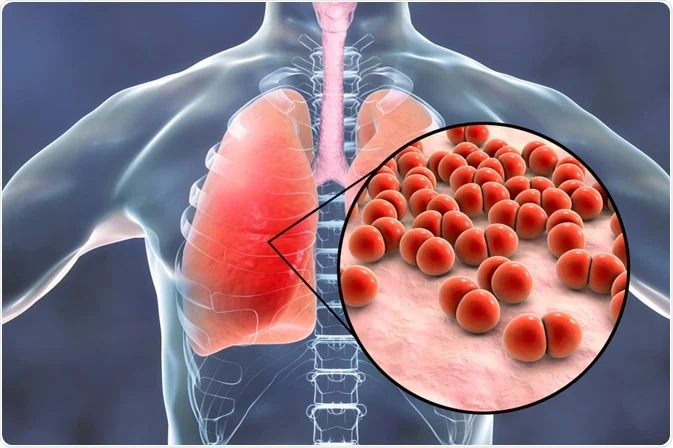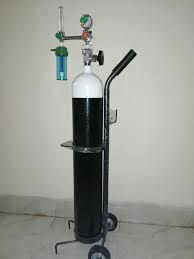Medical oxygen is an essential component in the treatment of pneumonia and other serious lung infections due to its crucial role in improving respiratory function and ensuring the delivery of adequate oxygen to the body’s tissues. Pneumonia, a common and potentially life-threatening condition, is characterized by inflammation and infection in the lungs, leading to the buildup of fluid and pus-filled air sacs. This, in turn, hampers the exchange of oxygen and carbon dioxide, resulting in respiratory distress and reduced oxygen levels in the blood.
When an individual develops pneumonia or a severe lung infection, their lung capacity may be compromised, making it difficult for them to breathe and obtain sufficient oxygen naturally. In such cases, supplemental oxygen therapy becomes vital to meet the body’s oxygen requirements and support respiratory function. Medical oxygen, administered through various delivery methods like nasal cannulas, masks, or ventilators, helps to alleviate the strain on the lungs and enhances the efficiency of gas exchange.
By providing additional oxygen, medical professionals ensure that the patient’s blood is adequately oxygenated, which is essential for maintaining normal cellular function and preventing further complications. Oxygen is a fundamental element for cellular respiration, a metabolic process that occurs in every cell of the body, converting nutrients into energy. Without a sufficient supply of oxygen, the body’s cells, including vital organs like the heart and brain, cannot function optimally, leading to organ failure and potentially life-threatening consequences.
Furthermore, pneumonia often causes a condition known as hypoxemia, characterized by low levels of oxygen in the blood. Hypoxemia can lead to severe respiratory distress, confusion, and even organ damage. Medical oxygen therapy assists in raising the oxygen saturation levels in the bloodstream, helping to alleviate the symptoms associated with hypoxemia and promoting recovery.
Moreover, in cases of severe pneumonia or lung infections, patients may require hospitalization and intensive care. In these critical situations, medical oxygen is frequently administered via mechanical ventilation, which delivers oxygen directly into the lungs. Mechanical ventilation not only provides a higher concentration of oxygen but also assists in removing excess carbon dioxide from the body. This ventilation support helps relieve the strain on the lungs, allowing them to heal while ensuring sufficient oxygenation of the patient’s vital organs.
In addition to supporting respiratory function, medical oxygen also plays a crucial role in combating the infection itself. Many pathogens that cause pneumonia thrive in environments with reduced oxygen levels. By administering supplemental oxygen, the concentration of oxygen in the lungs and airways is increased, creating an inhospitable environment for the pathogens. This helps to hinder their growth, restrict their ability to spread, and promote the body’s immune response to fight off the infection.
In conclusion, medical oxygen is indispensable in the treatment of pneumonia and other serious lung infections due to its ability to improve respiratory function, maintain adequate oxygenation of vital organs, alleviate symptoms of hypoxemia, and combat pathogens. By ensuring a sufficient supply of oxygen, medical professionals can effectively support the body’s healing process and enhance the chances of a successful recovery.



